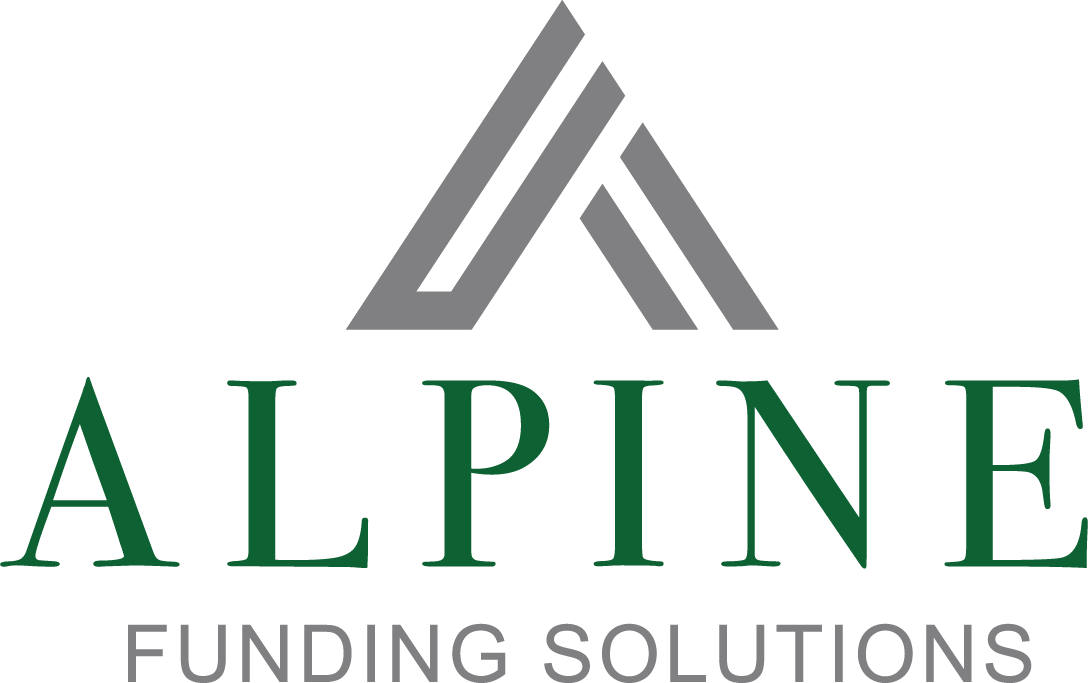As Energy Efficient Industry Transforms, It Is Important to Invest Ahead of the Curve
Commodities and resources have always been great sites for investors looking to increase the average return across their portfolios, but both these areas have also been traditionally volatile. Success in energy investment and related fields depends on being ahead of the curve when it comes to reading trends. For years, fossil fuel investments have represented the most cost-effective and low-risk ways to enter this investment area, but today the energy industry is transforming as new technologies and changing resource access work together to redefine the relationship between costs and production for many kinds of energy resources.
Today, the most cost-effective power plants are renewables, with wind and solar rapidly dropping in installation and operation costs. In most countries, the cost of installing and operating solar arrays has fallen to the point where it is less expensive to install new solar production than to maintain legacy power production. For years, solar was very expensive to establish because the power generation density of solar cells required massive banks to generate anything close to the same power as nuclear or coal plants, let alone other options. The last ten years have seen the development of higher capacity photocells, though, and that has led to more power is available for roughly the same price.
Wind power has experienced a similar increase in generating capacity as new methods of designing turbines lead to increased interest in energy investment in this area. Like solar, the wind has fallen in price rapidly over the last few years because of it. Both renewables are also low cost to operate, and they tend to produce fewer environmental byproducts that must be handled according to EPA regulations and at the cost of the power company and its investors.
Other forms of renewable energy are also seeing renewed innovation as the race to find options to replace legacy power systems in more diverse environments continue. That means geothermal, hydroelectric, and other forms of energy generation that have been in use in a limited capacity for decades are also producing great returns for new energy investors. As you look at the changes coming for the energy industry, the best way to find the next trend is through a combination of research and diversification. That allows you to hedge your risks, and it gives you a toe in the water when things heat up, so you can be more responsive when it’s time to shift your position to favor an emerging energy investment boom.
